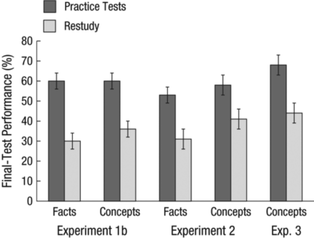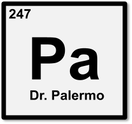Research has shown that frequent low stakes quizzes drastically improve student learning and understanding (make it stick: The Science of Successful Learning, Peter C. Brown, Henry L. Roediger III, & Mark A. McDaniel). This means creating quizzes that give students immediate feedback as to why an answer is correct or incorrect. This allows students to identify misconceptions, reinforce concepts and ultimately gain a deeper understanding of the content.
Excerpted from Dunlosky, John, et al. "Improving students’ learning with effective learning techniques promising directions from cognitive and educational psychology."Psychological Science in the Public Interest 14.1 (2013): 4-58. http://psi.sagepub.com/content/14/1/4.ful
I have set up frequent low stakes castle learning quizzes throughout each unit in order to promote active learning and spacing them out throughout the unit allows for greater retention. The best part of castle learning is that it provides immediate feedback for students with explanations of right and wrong answer choices.


 RSS Feed
RSS Feed




